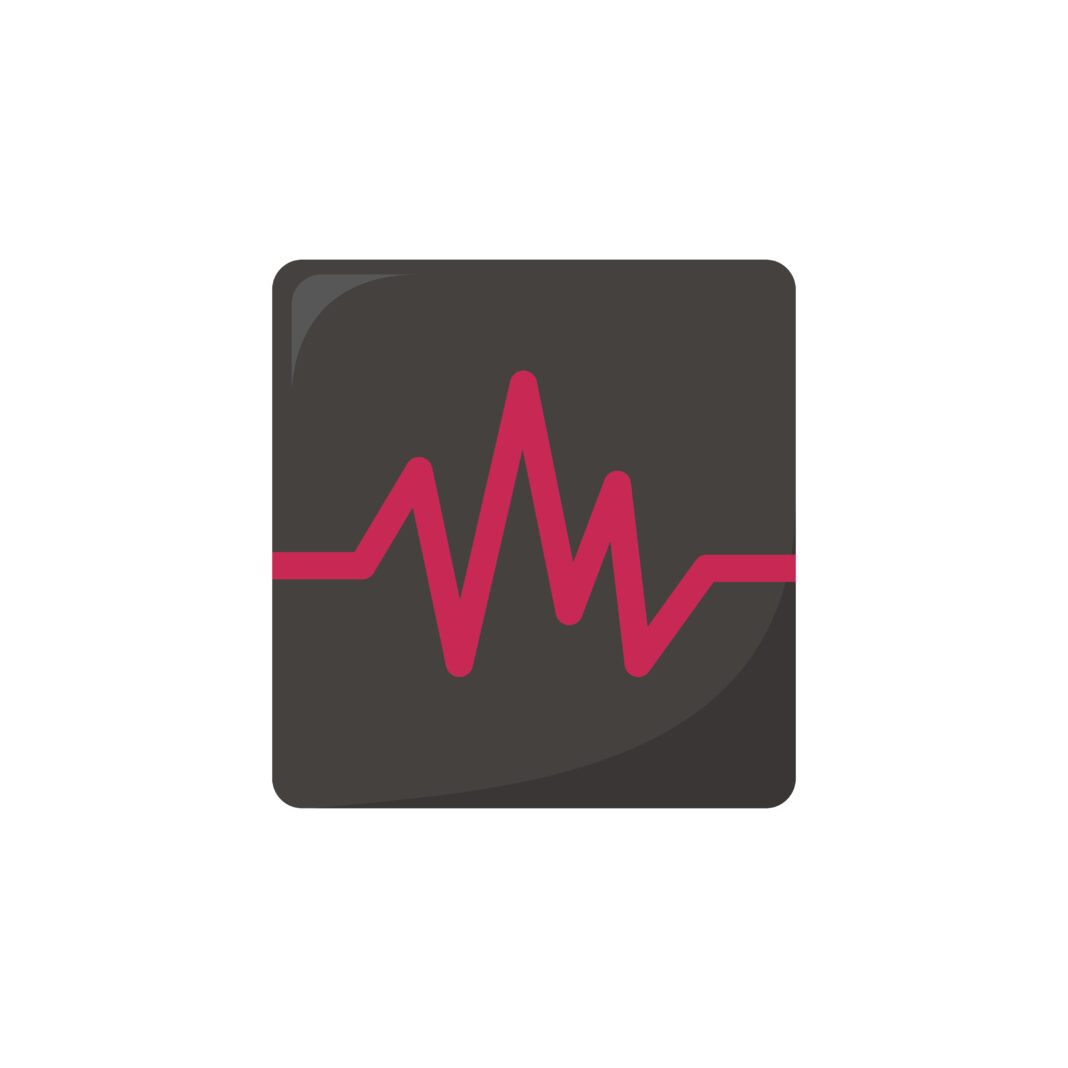Blood Flow Through the Heart
Blood Flow Through the Heart is Deoxygenated blood returning from the body first enters the heart from the superior and inferior vena cava through which Blood Flow Through the Heart. The blood enters the right atrium and is pumped through the tricuspid valve into the right ventricle. From the right ventricle, the blood is pumped through the pulmonary semilunar valve into the pulmonary arteries. The pulmonary artery carries blood to the lungs where it releases carbon dioxide and absorbs oxygen. The blood in the lungs returns to the heart through the pulmonary veins. From the pulmonary veins, blood enters the heart again in the left atrium. The left atrium contracts to pump blood through the bicuspid (mitral) valve into the left ventricle. The left ventricle pumps blood through the aortic semilunar valve into the aorta. From the aorta, blood enters into systemic circulation throughout the body tissues until it returns to the heart via the vena cava and the cycle repeats.
What Is Electrocardiogram ?
The electrocardiogram (also known as an EKG or ECG) is a non-invasive device that measures and monitors the electrical activity of the heart through the skin. The ECG produces a distinctive waveform in response to the electrical changes taking place within
the heart. The first part of the wave, called the P wave, is a small increase in voltage of about 0.1 mV that corresponds to the depolarization of the atria during atrial systole. The next part of the EKG wave is the QRS complex which features a small drop in voltage (Q) a large voltage peak (R) and another small drop in voltage (S). The QRS
complex corresponds to the depolarization of the ventricles during ventricular systole.
The atria also repolarize during the QRS complex, but have almost no effect on the
EKG because they are so much smaller than the ventricles The final part of the EKG wave is the T wave, a small peak that follows the QRS complex. The T wave represents the ventricular repolarization during the relaxation phase of the cardiac cycle.
Variations in the waveform and distance between the waves of the EKG can be used clinically to diagnose the effects of heart attacks, congenital heart problems, and electrolyte imbalances.
What Does Heart Sounds ?
The sounds of a normal heartbeat are known as “lubb” and “dupp” and are caused by blood pushing on the valves of the heart. The “lubb” sound comes first in the
heartbeat and is the longer of the two heart sounds. The “lubb” sound is produced by
the closing of the AV valves at the beginning of ventricular systole. During a normal heartbeat, these sounds repeat in a regular pattern of lubb-dupp-pause. Any
additional sounds such as liquid rushing or gurgling indicate a structure problem in the
heart. The most likely causes of these extraneous sounds are defects in the atrial
or ventricular septum or leakage in the valves.

